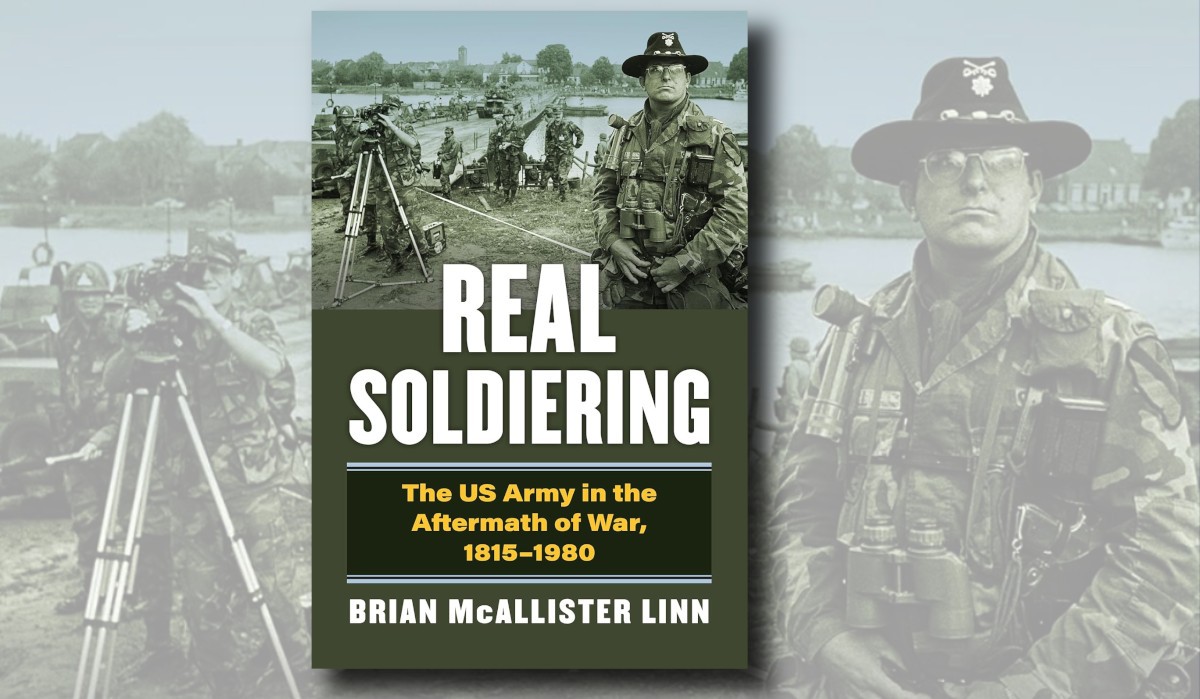In 2015, the First Principles Review Reportobserved that Defence was lacking in its ability to manage and use its data. Duplication, fragmentation and inconsistency were cited as key shortfalls that were likely to impact the delivery of anticipated outcomes for a range of complex, information dependent capability investments. Confirming this, the Defence Enterprise Information Management Strategy 2015 – 2025 noted a proliferation of information and communication applications, siloed solutions, inadequate interoperability and low-quality information contribute to inefficient and ineffective delivery of information and information services.
These shortfalls present themselves as a culture across Defence where there is little trust, confidence or understanding in or of information as an asset. The Enterprise Information Management Institute defines information ‘as data that is meaningful to a business user, meaning that they understand it, trust it and they know what to do with it’.
Army’s current culture towards information presents a risk to the pursuit of Accelerated Warfare Success in future conflict will demand a cultural understanding, trust and use of information to respond faster and more effectively than an adversary.
In his book Information Management for the Intelligent Organization, Chun Wei Choo embraces an ideological position and suggests ‘information culture is reflected in organisations’ values, norms, and practices with regard to the management and use information’. Taking a more pragmatic view, Adrienne Curry and Caroline Moore define the information culture in terms of the value and utility of information in achieving operational and strategic success. For Army to successfully become an Army in Motion that is ready for future conflict, the fusion of both definitions is appropriate.
To develop an information culture, Army must first articulate its strategy. An information strategy will establish Army’s goals for information (ends), determine how to pursue these goals (ways) and define the resources required to support these pursuits (means). Further, Army’s Information Strategy should define the value and utility of information and highlight how these translate to Enterprise Information Management norms and practices.
For an Army in Motion, the cultural expectations and evolution also need to be managed through the development of aligned, complementary and subordinate plans for information related capabilities and practices. This, in turn, will enable the achievement of the strategy via the development and maturing of organisational processes, behaviour and structures.
For a strategy to be successful, it has to be managed, reviewed and tested. Army’s Information Culture will only be pervasive if its Information Strategy is weaved throughout the existing suite of Committees and Steering Groups’ agendas. Whereby, the recognition of information related agendum is attributed to and measured against the goals of Army’s Information Strategy.
As an Army in Motion, it is now time to evolve Army’s institutional understanding of the value of information. The development of an Army Information Culture will be necessitated through well considered, implemented and managed strategy. The future ADF environment will be driven by information technology that links sensors, weapon systems, commanders and their personnel to establish a seamless networked environment. Army needs to evolve its understanding, trust and use of information if it is to be successful in undertaking Accelerated Warfare.




